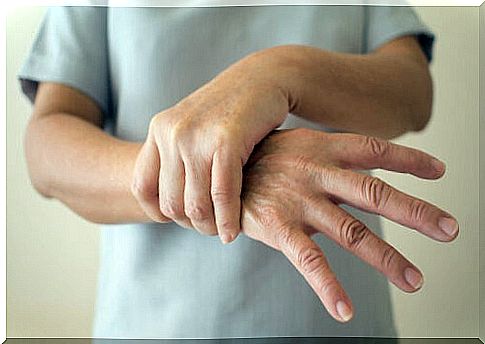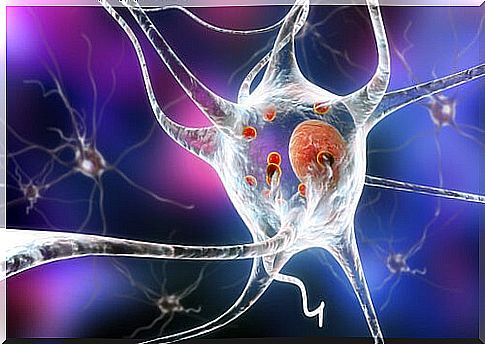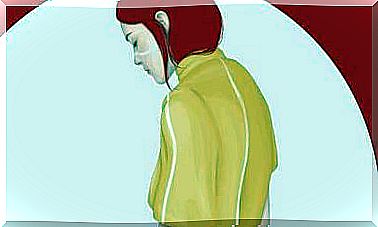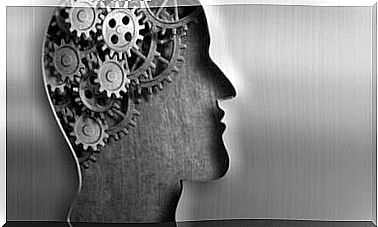7 Signs Of Early-onset Parkinson’s

Parkinson’s disease is a neurodegenerative disorder. It affects the nervous system, producing mechanisms of damage and subsequent degeneration of neurons located in the substantia nigra.
The average age of onset is 60 years, and the incidence increases significantly with age. However, about 5 to 10 percent of people with Parkinson’s disease have an early onset, beginning before age 50.
Some early-onset cases are linked to mutations in specific genes, such as the parkin gene. People with one or more close relatives with Parkinson’s are at a higher risk of developing the disease.
However, the overall risk is still only 2 to 5 percent, unless the family has a known genetic mutation for the disease. It is estimated that between 15 and 25 percent of people with Parkinson’s know that they have a relative with the disease.
In very rare cases, parkinsonian symptoms can appear in people before the age of 20. This disease is known as juvenile parkinsonism. It usually begins with dystonia and bradykinesia, and symptoms often improve with the drug levodopa .
What is Parkinson’s disease?
The first description of the disease was made by the physician James Parkinson in 1817. This British physician observed six patients with the typical symptoms of the disease. He called it “shaking paralysis.” Later, it was the famous French neurologist Charcot who gave it the name Parkinson’s disease.
As we said at the beginning, the disease affects the nervous system, causing the degeneration of the neurons of the substantia nigra. These neurons produce dopamine. Dopamine is a fundamental chemical substance for the movement of the body to be carried out correctly.

When the brain does not have enough dopamine to maintain good control of movement, the messages of how and when to move are wrongly transmitted. Then, gradually, the typical motor symptoms of the disease appear.
Other neurons have also been seen to be affected in Parkinson’s disease. Therefore, other neurotransmitters such as serotonin, norepinephrine, and acetylcholine are also affected. This would explain other non-motor symptoms of the disease.
Early-onset Parkinson’s
When we think of someone with Parkinson’s disease, we visualize an elderly person with trembling hands. Walk very slowly with your back slightly hunched. It appears that he has a certain degree of body stiffness. It is true that this image is not far from reality.
However, tremor, stiffness, and slowness when walking are not the only symptoms of Parkinson’s disease. In addition to these and other motor symptoms, there is a wide range of non-motor symptoms.
These non-motor symptoms are related to cognitive, behavioral, and emotional changes. They can cause serious difficulties in the day-to-day life of patients.
On the other hand, it is not uncommon for the motor and non-motor symptoms typical of Parkinson’s to manifest in very young people . Although the disease is more common in older people, it is not exclusive to them.
The first symptoms of early or early-onset Parkinson’s, also known as juvenile Parkinson’s, may be precisely the least typical, those that are not motor. Because the symptoms of Parkinson’s are not exclusive to this disease, but are shared with other pathologies, the diagnosis is sometimes difficult.

7 signs of early-onset Parkinson’s
There are a series of symptoms that can alert us to the early onset of Parkinson’s disease. There are more signs, but let’s focus on these seven.
- Sleep disorders. The most common disorders are insomnia (trouble sleeping), restless leg syndrome, and REM sleep behavior disorder.
- Depression. It is usually one of the first symptoms to appear and is in fact considered an early indicator of the disease.
- Other mood disturbances. In addition to depressive symptoms, anxiety and apathy are very common. These symptoms can influence the urge to seek help and solutions.
- Cognitive alterations. Many people with early-onset Parkinson’s report that it is difficult for them to do more than two tasks at the same time. Other functions can also be altered in early-onset Parkinson’s, such as executive functioning, slowing of thinking, attention and concentration problems, memory problems and dementia.
- Tremor. Although it usually begins in the hands, in some patients it begins in the jaw or one of the feet. The most characteristic of this tremor is that it occurs at rest.
- Bradykinesia. It is a gradual loss of spontaneous movement. It manifests itself with a general slowing down of movement. It is one of the most disabling and frustrating symptoms.
- Fatigue. In early-onset Parkinson’s there is a feeling of being tired all the time, without physical strength at all.
As we have seen, Parkinson’s is not an exclusive disease of “older people”. There is a type of early-onset Parkinson’s that can be very disconcerting. These seven signs can help you go to a specialist who makes an early diagnosis of the disease.









